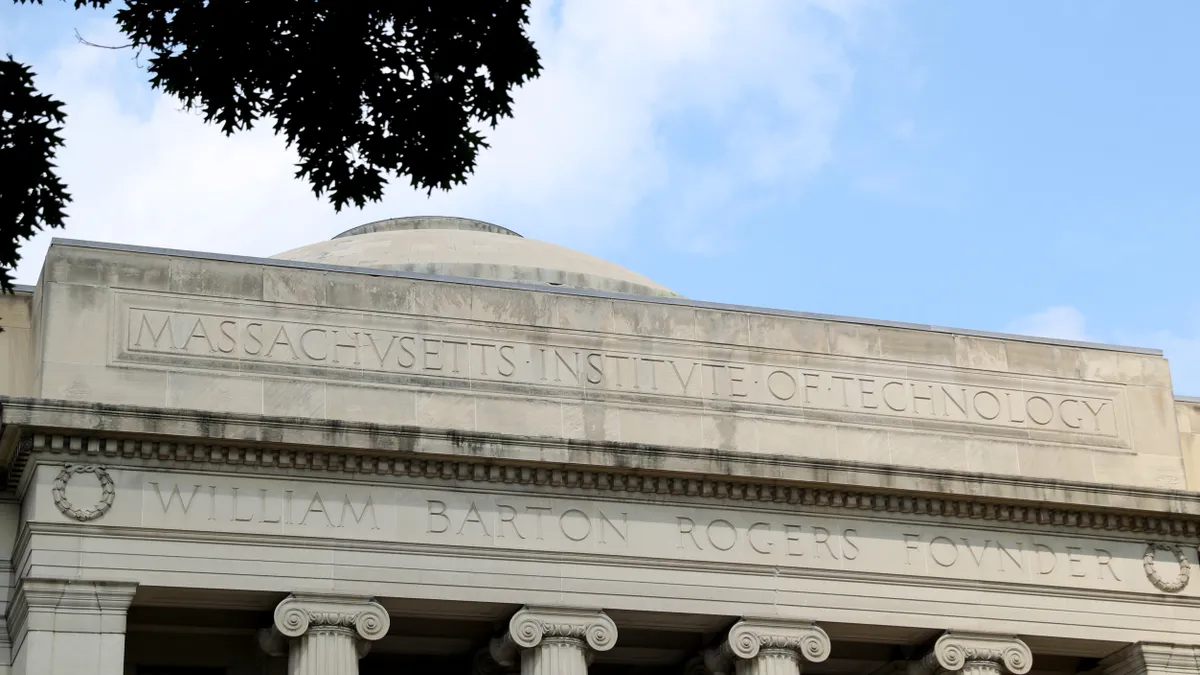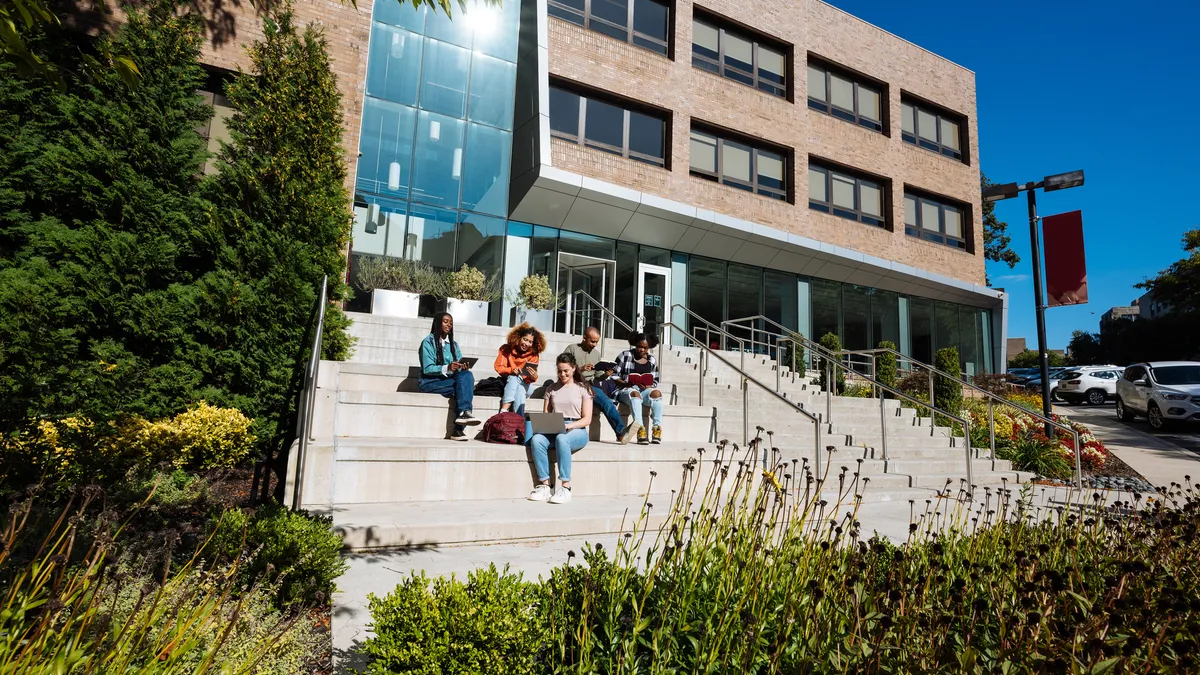Ricardo Azziz has held numerous executive positions in higher education and led the merger that resulted in Georgia Regents University, now Augusta University. He is principal at Strategic Partnerships in Higher Education Consulting Group.
He writes the regular Merger Watch opinion series on corporate restructuring in higher education.

Last month I had the opportunity to speak to a roomful of college executives interested in the potential of mergers, acquisitions and partnerships at the Southern Association of Colleges and Schools Commission on Colleges annual meeting in Atlanta. Co-leading the session with me was Bonita Jacobs, who was president of North Georgia College & State University when it was merged with Gainesville State College in 2013 to create the University of North Georgia — an institution she still leads.
We primarily focused on the "why" of mergers, discussing what happens to many institutions, notably those that are smaller, if they do not try and find a merger partner in a timely manner. About 15% of all degree-granting institutions in the U.S. have closed in the past decade, and greater than 50% of all school closures in the past 50 years have occurred since 2010.
There were also many good questions regarding the "how." One of the best, and one that I hear often, is, “How do you start conversations around a possible merger?”
The answer is seemingly simple — and yet so complicated. You start with one person at a time.
Identifying who that should be, how to broach the topic, what data to present, and who should be next requires careful planning and strategic consideration.
To illustrate, let me tell a brief story. The year was 2011, and the wrath of the Great Recession was being felt in full. Georgia was cutting appropriations to its public colleges and universities every six months, creating havoc with budgets and staffing.
Your writer, the relatively new president of what was then the 182-year-old Medical College of Georgia, had gained sufficient political capital having accomplished, in a short period of time, the merger of various entities to create the only public academic health system in the state, now called Augusta University Health System. I was also able to obtain approval to rename the college as the Georgia Health Sciences University, reflecting its role and statewide impact, a task that had been contemplated, yet unable to be achieved, since the early 1970s.
At the time, institutions with larger enrollments were actually able to increase their overall revenues. All they needed to do was raise their revenues from tuition and fees, spreading the increase across their entire student body, just enough to exceed the cuts in state support. However, smaller schools, like what was then Georgia Health Sciences University with its 3,000-student body, were never going to be able to offset cuts in state support in this manner. And the future did not look very promising. So, it became clear that we needed to grow — and fast. Or at least consider our options.
And so, we began to pursue the merger of Georgia Health Sciences University with Augusta State University, which would eventually lead to what is today Augusta University.
However, the first thing I needed to do as I began to consider this transformative option was establish a small team that could provide support and data while keeping it all confidential. And so began the process of convincing one person at a time.
First, I spoke to my chief of staff, who was an experienced political hand. And once he was onboard, then my executive assistant. This small team gathered the necessary data (nicely arrayed on foam boards and an easel), which I then presented, along with potential options (stay as we are, become part of a larger distant university, or merge with a proximate university), to Hank Huckaby, our newly appointed system chancellor. Hank subsequently arranged a meeting for us with the then-newly elected governor, Nathan Deal. And the rest is history, as is commonly stated.
In thinking back, a number of factors were key to broaching consideration of the merger.
First, it was important to understand and appreciate the institutions’ history and trajectory yet remain somewhat objective.
Second, I needed to understand the enrollment and financial data and trends — and be willing to accept what the data said about the institution’s future.
Third, it was critical to mold this data into a story that respected history and heritage and showed appreciation for the goals of the institution, while not engendering fear or panic — which in this case also involved contrasting Georgia Health Sciences University with the growing health sciences behemoth in neighboring Alabama that was the University of Alabama at Birmingham.
Fourth, I needed to identify possible solutions and options — various options, not just one.
Fifth, it was important to fully grasp the factor of "timing," taking into consideration our political capital and environment. In this case, we had two new state leaders with plenty of political capital, and the ground was already fertile — as there was existing urgency in state houses regarding the cost of higher education. That urgency in other situations might need to be introduced and nurtured.
Sixth, as do most leaders, I needed to have developed the necessary relationships and appreciate the nuances of interpersonal politics. These nuances would, in part, determine the order of communication — in this case, team to chancellor to governor. But in other institutions it might be board chair to board member one to board member two, or chief financial officer to president to influential board member, and so on. These nuances would also determine the manner in which the data and the story are presented. You must always tailor the tone and medium of the message to the listener.
Seventh, I had to be willing to accept the outcome of these deliberations — which potentially could go any which way.
And last, I could not be afraid to present the data and options honestly and frankly.
When you present consideration of a merger or other major corporate restructuring option, it is critical to recognize that you are not insulting an institution’s history or relevance — rather, you are doing your job, which is to remain vigilant and be aware of internal and external challenges. You are identifying and presenting potential solutions on behalf of the institution’s principal client – its students. A well-executed merger is not about better finances, increased stability or revival, although it can accomplish all these. It is about what is best for the students.
So, do you understand your data? The options? And do you know who you need to speak to first?
































